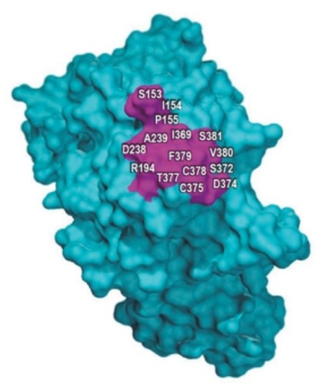The importance of clearing a trademark prior to use | McAfee & Taft
For companies, new and old, the protection and development of company trademarks involve a significant investment of time and resources. The process can become complicated and expensive if a company mistakenly chooses to use a mark that is already in use by others. Not only can doing so subject companies to liability, but it may also result in the need to create a new marketing and company strategy to change the trademark or logo. This may cost the company financially and may risk the company losing customers — all of which could be avoided by taking the additional step of clearing a trademark before a company begins to use it.
Clearing a trademark involves conducting a search — either an initial search of online records or a more detailed trademark search by an attorney or a third-party service — to determine whether or not the same or similar trademark is already in use. In most cases, it is important, and more cost-effective, to have the more detailed search carried out by a third-party service having expertise in trademark searches. Such a search is usually initiated by a trademark attorney.
These non-exhaustive searches typically reveal existing and expired federal and state trademark registrations, pending and abandoned federal trademark applications, common law or unregistered trademark use, domain names, and social media/internet trademark use. Each trademark in the search results assists in providing clarity on the potential risks the use of a newly proposed trademark may have — in other words, whether the company’s use of the proposed mark is likely to cause confusion with respect to another mark and subject the company to liability. While companies can conduct a search on their own, an experienced attorney can help determine the level of risk associated with these existing uses, registrations, and applications.
Ultimately, clearing a trademark is not a legal requirement, but it is typically much less expensive than rebranding, defending against demand letters, claims in litigation, and facing the liability associated with trademark infringement.
We believe the best practice is to obtain an opinion from an experienced trademark attorney as to whether the mark is cleared for use prior to investing significant company time and resources into the development of the trademark. Once you have decided to go forward with the proposed trademark, file an application to register the mark in the U.S. Patent and Trademark Office as soon as possible in order to obtain nationwide priority for use of the mark.






